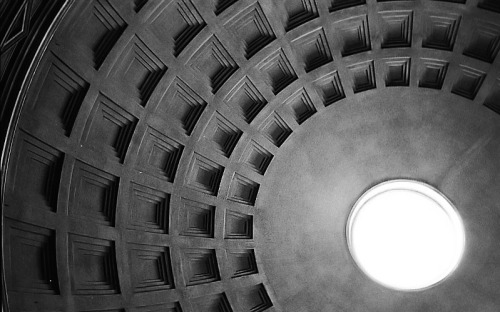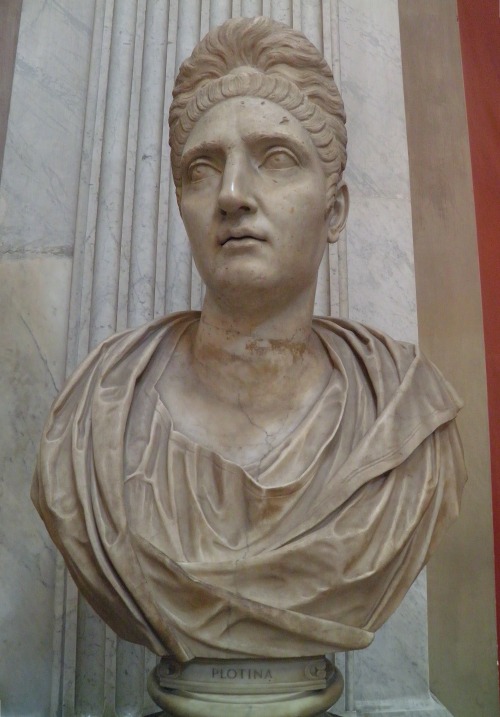Boundless By Sapna Reddy Photography

Boundless by Sapna Reddy Photography
Yosemite, California
More Posts from Novato-curioso-blog and Others
Guau!! Admirable, es impresionante lo que existe en nuestro Universo y lo que es pasmoso son las cifras de las distancias a las que nos enfrentamos en él.

 It is one of the more massive galaxies known. A mere 46 million light-years distant, spiral galaxy NGC 2841 can be found in the northern constellation of Ursa Major. This sharp view of the gorgeous island universe shows off a striking yellow nucleus and galactic disk. Dust lanes, small, pink star-forming regions, and young blue star clusters are embedded in the patchy, tightly wound spiral arms. In contrast, many other spirals exhibit grand, sweeping arms with large star-forming regions. NGC 2841 has a diameter of over 150,000 light-years, even larger than our own Milky Way and captured by this composite image merging exposures from the orbiting 2.4-meter Hubble Space Telescope and the ground-based 8.2-meter Subaru Telescope. X-ray images suggest that resulting winds and stellar explosions create plumes of hot gas extending into a halo around NGC 2841.
Object Names: NGC 2841
Image Type: Astronomical
Credit: Hubble Space Telescope, Subaru Telescope
Composition And Copyright: Roberto Colombari
Time And Space
Por favor disfruten esta magnífica fotografía. El momento, la precisión, todo es fantástico.

. A blue shark surfaces near Santa Maria in the Azores. Photograph: Nuno Sa/NPL/Alamy. #Shark #Azores #SantaMaria
La maravillosa construcción romana. No deja de sorprenderme y maravillarme.


The Pantheon in Rome | 2nd Century AD

TODAY IN HISTORY: The rings of Saturn, August 17, 1981, in an enhanced view from the Voyager 2 space probe, assembled from clear, orange and ultraviolet frames taken at a distance of 8.9 million km (5.5 million miles). (NASA)
Un maravilloso encuentro!!!

Will either of these galaxies survive? In what might be dubbed as a semi-final round in a galactic elimination tournament, the two spirals of NGC 7318 are colliding. The featured picture was created from images taken by the Hubble Space Telescope. When galaxies crash into each other, many things may happen including gravitational distortion, gas condensing to produce new episodes of star formation, and ultimately the two galaxies combining into one. Since these two galaxies are part of Stephan’s Quintet, a final round of battling galaxies will likely occur over the next few billion years with the eventual result of many scattered stars and one large galaxy. Quite possibly, the remaining galaxy will not be easily identified with any of its initial galactic components. Stephan’s Quintet was the first identified galaxy group, lies about 300 million light years away, and is visible through a moderately-sized telescope toward the constellation of the Winged Horse (Pegasus).
Object Names: NGC 7318, Stephan’s Quintet
Image Type: Astronomical
Credit: Hubble Legacy Archive, NASA, ESA (Via Nasa’s APOD)
Pocesing And Copyright: José Jimenez Priego
Time And Space
Maravillosa imagen. Este es un excelente blog.

How could a galaxy become shaped like a ring? The rim of the blue galaxy pictured on the right is an immense ring-like structure 150,000 light years in diameter composed of newly formed, extremely bright, massive stars. That galaxy, AM 0644-741, is known as a ring galaxy and was caused by an immense galaxy collision. When galaxies collide, they pass through each other – their individual stars rarely come into contact. The ring-like shape is the result of the gravitational disruption caused by an entire small intruder galaxy passing through a large one. When this happens, interstellar gas and dust become condensed, causing a wave of star formation to move out from the impact point like a ripple across the surface of a pond. The intruder galaxy is just outside of the frame taken by the Hubble Space Telescope. This featured image was taken to commemorate the anniversary of Hubble’s launch in 1990. Ring galaxy AM 0644-741 lies about 300 million light years away.
Object Names: Ring Galaxy, AM 0644-741
Image Type: Astronomical
Credit: Hubble Heritage Team (AURA/ STScl), J. Higdon (Cornell), ESA, NASA
Time And Space
Plotina, la esposa de Trajano, el mejor emperador de Roma. Y dicen que junto a un gran hombre, una gran mujer.

Colossal portrait sculpture of the Empress Plotina, wife of Trajan, thought to have been made after her deification in 129 CE. Now in the Vatican Museum. Photo credit: Carole Raddato.
Bello!!

Baltic Sea, Sopot, Poland
Viva Polonia

RIO2016: Maria Andrejczyk finishes 4th in Athletics - Women’s Javelin Throw. #TeamPoland #POL
Ohhhh yo quiero una casa en un árbol como esta!!!!!

Tree House | Instagram | Facebook
-
 static-traveler reblogged this · 2 years ago
static-traveler reblogged this · 2 years ago -
 ultharstorm liked this · 3 years ago
ultharstorm liked this · 3 years ago -
 michaelb540 reblogged this · 3 years ago
michaelb540 reblogged this · 3 years ago -
 hoodinyi reblogged this · 3 years ago
hoodinyi reblogged this · 3 years ago -
 orselig liked this · 4 years ago
orselig liked this · 4 years ago -
 ghostacolytev2 liked this · 4 years ago
ghostacolytev2 liked this · 4 years ago -
 littletornado liked this · 4 years ago
littletornado liked this · 4 years ago -
 0pen-visual reblogged this · 4 years ago
0pen-visual reblogged this · 4 years ago -
 0pen-visual liked this · 4 years ago
0pen-visual liked this · 4 years ago -
 shabbyvictorianslumbers liked this · 4 years ago
shabbyvictorianslumbers liked this · 4 years ago -
 blackdragonmustang98drogon liked this · 4 years ago
blackdragonmustang98drogon liked this · 4 years ago -
 dragonsprit liked this · 4 years ago
dragonsprit liked this · 4 years ago -
 pierhenry liked this · 4 years ago
pierhenry liked this · 4 years ago -
 darkghostly reblogged this · 4 years ago
darkghostly reblogged this · 4 years ago -
 darkghostly liked this · 4 years ago
darkghostly liked this · 4 years ago -
 baulmagico reblogged this · 4 years ago
baulmagico reblogged this · 4 years ago -
 ambarlorien liked this · 4 years ago
ambarlorien liked this · 4 years ago -
 9tailsmaki reblogged this · 5 years ago
9tailsmaki reblogged this · 5 years ago -
 9tailsmaki liked this · 5 years ago
9tailsmaki liked this · 5 years ago -
 youweremybest liked this · 5 years ago
youweremybest liked this · 5 years ago -
 scenesfromahighwaysign reblogged this · 5 years ago
scenesfromahighwaysign reblogged this · 5 years ago -
 linastudyblrsblog liked this · 6 years ago
linastudyblrsblog liked this · 6 years ago -
 ssauna reblogged this · 6 years ago
ssauna reblogged this · 6 years ago -
 dcs6460 liked this · 6 years ago
dcs6460 liked this · 6 years ago -
 fuckinmush-blog liked this · 6 years ago
fuckinmush-blog liked this · 6 years ago -
 please-use-me-mrx liked this · 6 years ago
please-use-me-mrx liked this · 6 years ago